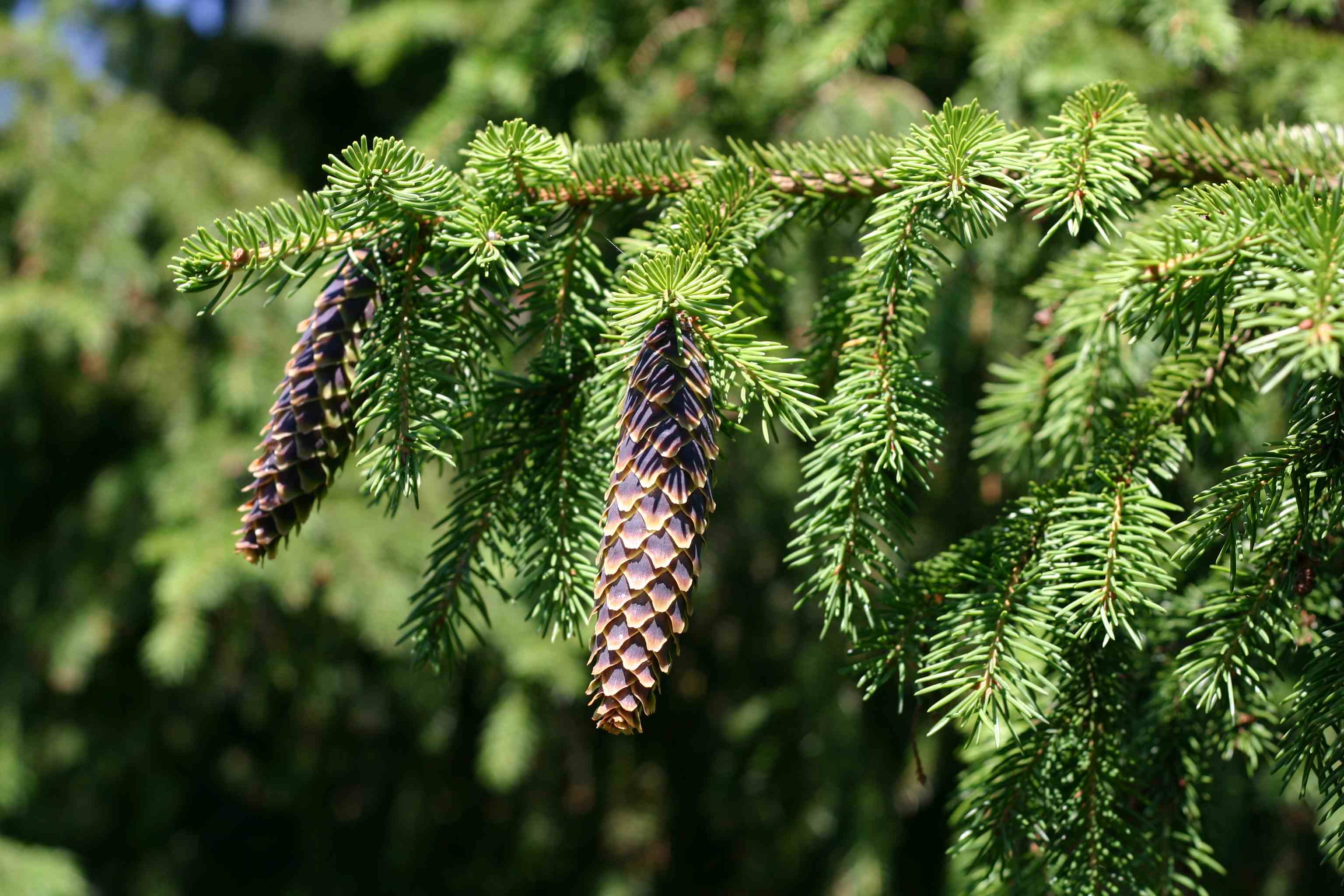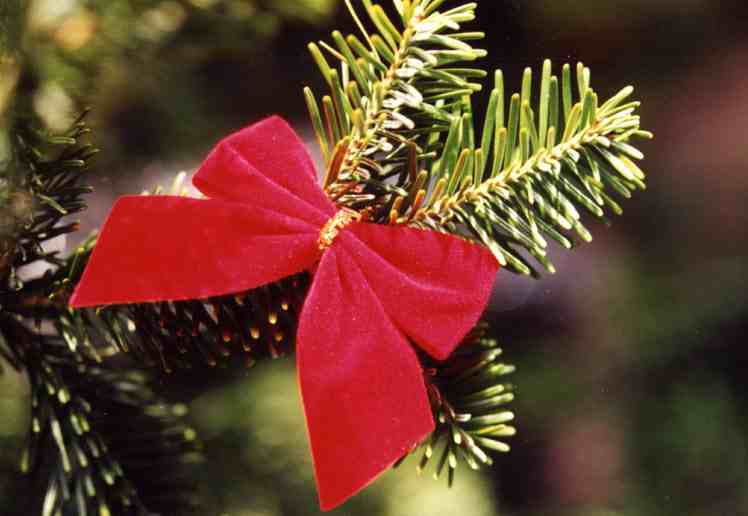Reports:
plants  companies
companies  statistics
statistics

How to choose the right Christmas tree?
-
2013.12.16
Our first consideration when selecting a tree for Christmas is usually aesthetics. However, some evergreens hold up throughout the season better than others. Look a little more closely at your choice of trees before necessarily choosing the fattest or most fragrant.
Here's a breakdown of popular evergreens suitable for use as cut Christmas trees:
Spruce (Picea abies) - its main advantage is the price. It has a regular, conical habit, intense aroma, dark green, short needles. The superintendence foot tree you can buy for 15 zł. Fragile, quickly sheds its needles.
Prickly spruce , blue spruce (Picea pungens) - occurs in color from dark green to powdery blue. It has stiff, prickly needles, so let's be careful when handling it. Quite well receives a needle , but in a warm room can quickly be shed.
Serbian spruce (Picea omorika) - has a narrow, conical habit with a pointed apex. The needles are sharp, short, have an interesting coloring - green on the outside with two white stripes on the bottom. With its good durability you need to pay a correspondingly higher price.
Caucasian fir (Abies nordmanniana) - the longest retains needles of these trees - to 2 months. It has a conical habit with densely arranged branches , in the central part of the tree arranged horizontally, and at the apex facing up. Fir needles are dark green in color with decorative, white stripes on the bottom. There are also longer than those spruce. The disadvantage of a fir tree is its high price.
Shopping Tips
Whatever type of tree you choose, here are some tips to make selecting it easier:
• Know how tall your ceiling is before you set off shopping.
• Determine where the tree will be displayed. If it will be on view from all sides, you'll want a symmetrical trees. If it's going up against a wall, you can get by with a less than perfect side on your tree.
• Don't be embarrassed to take a tape measure or a pole with you as a gage. It's much more embarrassing to have a lopped off Christmas tree. A 6-10' plant stake marked at 1' intervals makes an excellent light-weight gage.
• If you are going to be walking through a tree farm to cut your own, bring some pieces of bright ribbon or string to mark possible choices as you look around. Remember to remove them when you've made your selection.
• Look for a tree with a straight base, about 6-8 inches long so you can make a fresh cut and still have room to fit it into your stand.
• Bring your own saw or shovel and a cord or rope to tie the tree to your vehicle. How to keep your tree fresh as long as possible? The most important thing you can do is keep the tree watered. Cool temperatures will also help cut back on needle loss. If you are not brining your tree in right away, let it sit in a bucket of water outdoors or in a cool place inside.
• Try to keep it away from direct sunlight, winds and sources of heat like heaters, stoves or appliances.
• If your tree has been sitting for more than a day, make a fresh cut at the bottom at least 1 inch above the original cut. A smooth, clean cut will help the tree absorb water more readily. Then fill the reservoir with lukewarm water.
• Your tree begins losing water as soon as it is cut. In a heated room, a tree can absorb up to a quart of water a day, so check and fill the reservoir often. Once a tree is allowed to lose 20 percent of its moisture content, it will not be able to recover.
• While any tree will burn if it comes in direct contact with flames, Christmas trees become a fire hazard when their moisture content falls below 50 percent, able to ignite from contact with hot lights.
And for Your Peace of Mind To prevent staining, don't allow fallen needles, pitch or water from the reservoir to remain on carpets or upholstery.
Don't forget to recycle your cut tree. You could have it collected and hopefully turned into mulch. Or you could use it yourself as a temporary bird refuge and feeder in the yard. You could also cut the branches off and use them to cover and protect perennials in your garden.
-
printpublish at:








